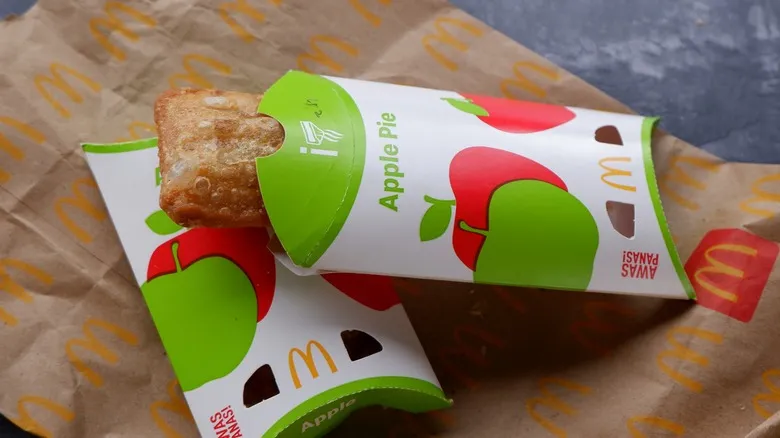Is olestra as bad as it seems?

Despite the discontinuation of Lay's Light chips in 2016 and the gradual reduction of olestra's use, questions linger about its safety and why the FDA did not ban it, unlike the EU and Canada. After the FDA initially approved olestra, Michael F. Jacobson, the executive director of the Center for Science in the Public Interest, expressed concerns to The Washington Post that the additive could lead to gastrointestinal issues and potentially cancer over time. In response, FDA Commissioner David Kessler defended olestra, asserting that it was safe and that any related problems "may be bothersome to some individuals," but emphasized that the additive would not have received approval if any safety issues had been identified.
In 1997, the University of Connecticut conducted a review of studies concerning gastrointestinal side effects and concluded that olestra did not cause any pathological changes in bowel function, although issues were more likely to arise with excessive consumption. A few years later, in 1999, a double-blind study involving 3,181 participants was carried out. In this study, 1,620 individuals consumed snacks containing olestra, while a control group of 1,561 received a placebo. The results indicated that cramping and diarrhea were similar in both groups, with the placebo group actually reporting more symptoms. Such findings contributed to the FDA's determination that olestra did not require a ban.
So, what’s the reality? Unlike the popular Kinder Surprise eggs, which the FDA deemed a choking hazard, the effects of olestra appear to be dose-dependent. Currently, olestra is allowed in ready-to-eat savory snacks and unpopped popcorn. However, to counteract its interference with vitamin absorption, all products containing olestra must be fortified with vitamins A, D, E, and K. That said, you might be better off making your own potato chips and avoiding additives altogether.
Recommended

The Reason Some Fruits And Vegetables Are Often Contaminated With E. Coli

Why You Should Avoid Adding Water While Melting Your Chocolate

Are McDonald's Apple Pies Really Vegan?

What Is Bubblegum Flavor Actually?
Next up

